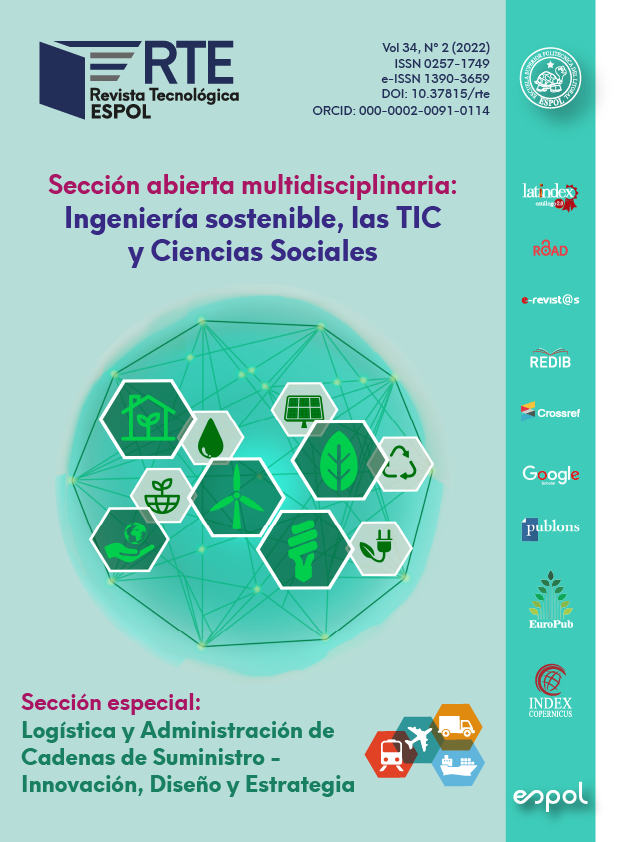La respuesta efectiva a las crisis humanitarias y emergencias originadas por desastres de diversa índole representa una tarea desafiante. Los aspectos logísticos inherentes a la planeación y ejecución de acciones de respuesta se orientan a minimizar los costos y las pérdidas humanas de una forma eficaz. En este estudio, se propone un modelo matemático que apoye la toma de decisiones de las organizaciones involucradas en brindar apoyo ante un evento emergente. Esa asistencia variada puede ir desde sugerir la ubicación de centros de transferencia temporales; la distribución de recursos a través de rutas secundarias desde los centros hacia las zonas afectadas por el desastre, y reducir el riesgo de que se entreguen en forma tardía. El aspecto innovador de este trabajo es que se incorpora en la función objetivo una medida que cuantifica monetariamente el tiempo en que una persona vulnerable se encuentra privada de un recurso, es decir, la diferencia de tiempo entre el momento en que la persona recibe la ayuda y el momento en que esta demanda es generada. Finalmente, se aplica el modelo propuesto en una instancia derivada de los efectos causados por el terremoto en Ecuador en 2016.

Esta obra está bajo una licencia internacional Creative Commons Atribución-NoComercial 4.0.
Referencias
Afshar, A., & Haghani, A. (2012). Modeling integrated supply chain logistics in real-time large-scale disaster relief operations. Socio-Economic Planning Sciences, 46(4), 327–338. https://doi.org/10.1016/J.SEPS.2011.12.003
Al Theeb, N., & Murray, C. (2017). Vehicle routing and resource distribution in postdisaster humanitarian relief operations. International Transactions in Operational Research, 24(6), 1253–1284. https://doi.org/10.1111/ITOR.12308
Campbell, A. M., Vandenbussche, D., & Hermann, W. (2008). Routing for relief efforts. Transportation Science, 42(2), 127–145. https://doi.org/10.1287/TRSC.1070.0209
Clark, A., & Culkin, B. (2013). A network transshipment model for planning humanitarian relief operations after a natural disaster. International Journal of Computational Intelligence Systems, 7(1), 233–257.
Hezam, I., & Nayeem, M. (2021). A Systematic Literature Review on Mathematical Models of Humanitarian Logistics. Symmetry, 13(1).
Holguín-Veras, J., Pérez, N., Jaller, M., Van Wassenhove, L. N., & Aros-Vera, F. (2013). On the appropriate objective function for post-disaster humanitarian logistics models. Journal of Operations Management, 31(5), 262–280. https://doi.org/10.1016/J.JOM.2013.06.002
Horner, M. W., & Downs, J. A. (2010). Optimizing hurricane disaster relief goods distribution: Model development and application with respect to planning strategies. Disasters, 34(3), 821–844. https://doi.org/10.1111/J.1467-7717.2010.01171.X ok
INEC. (2012). Resumen Metodológico y Principales Resultados: Encuesta Nacional de Ingresos y Gastos.
Instituto Geofísico de la Escuela Politécnica del Litoral. (2022). Informes y Noticias. Disponible en: https://www.igepn.edu.ec/eq20160416-informes-noticias
Khayal, D., Pradhananga, R., Pokharel, S., & Mutlu, F. (2015). A model for planning locations of temporary distribution facilities for emergency response. Socio-Economic Planning Sciences, 52, 22–30. https://doi.org/10.1016/J.SEPS.2015.09.002
Rabta, B., Wankmüller, C., & Reiner, G. (2018). A drone fleet model for last-mile distribution in disaster relief operations. International Journal of Disaster Risk Reduction, 28, 107–112. https://doi.org/10.1016/J.IJDRR.2018.02.020
Secretaría Nacional de Gestión de Riesgo. (2011). Normativa para Aplicación de Estándares de Ayuda Humanitaria en Emergencias para Alimentos, Cocina, Hogar y Limpieza.
Wang, H., Du, L., & Ma, S. (2014). Multi-objective open location-routing model with split delivery for optimized relief distribution in post-earthquake. Transportation Research Part E: Logistics and Transportation Review, 69, 160–179. https://doi.org/10.1016/J.TRE.2014.06.006
Yi, W., & Kumar, A. (2007). Ant colony optimization for disaster relief operations. Transportation Research Part E: Logistics and Transportation Review, 43(6), 660–672. https://doi.org/10.1016/J.TRE.2006.05.004







